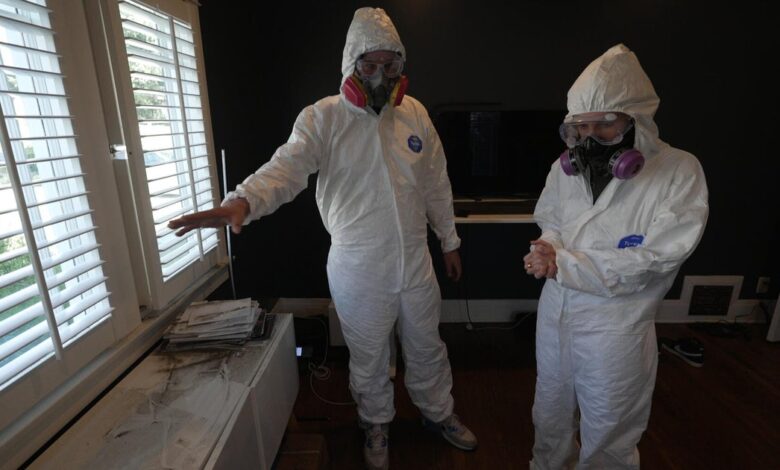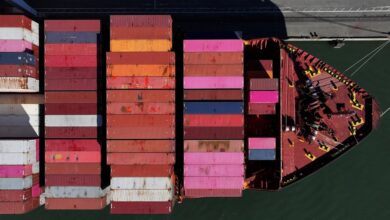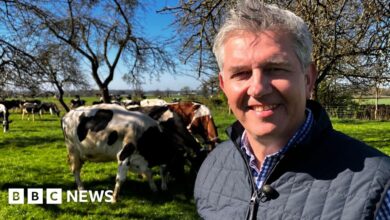Los Angeles-area residents crowdsource wildfire contamination data in battle with insurers

After the devastating wildfires that tore through the Los Angeles area three months ago, many residents were left grappling with the aftermath. While some homes were destroyed, others remained standing, but the sense of relief was short-lived as concerns about potential toxins brought into their homes by the wildfire smoke arose.
Nicole Maccalla, a data scientist from Altadena, experienced significant damage to her home, including half of her roof, damaged windows, and an accumulation of ash, debris, and soot. Despite her insurance adjuster initially promising to cover contamination testing, her claim was later rejected on the grounds that only homes with major damage qualified for testing.
Frustrated by the lack of support from insurance companies, Maccalla joined forces with other residents to form Eaton Fire Residents United. Together, they conducted indoor environmental testing and compiled the results into an online map. Shockingly, all 81 homes tested so far showed elevated levels of lead, prompting concerns about the safety of their living spaces.
While some homeowners were able to privately pay for testing, many others couldn’t afford it. The group hoped that their data would convince insurers to cover testing and remediation for those in need. Jane Lawton Potelle, the founder of Eaton Fire Residents United, emphasized the importance of proving that their community was not fit for human habitation in order to secure necessary support.
Despite the risks posed by potential toxins in the air and surroundings, both government agencies and insurance companies have been slow to respond. The Federal Emergency Management Agency (FEMA) stated that they had no plans for widespread environmental testing, leaving residents to navigate the complexities of insurance policies on their own.
California Insurance Commissioner Ricardo Lara issued a bulletin urging insurance companies to thoroughly investigate smoke damage claims and provide necessary testing. However, many residents have found themselves in disputes with their insurers over coverage for fire damage that doesn’t involve direct property destruction.
As the debate over insurance coverage continues, residents like Dave Jones, a climate risk expert, advocate for comprehensive testing to ensure the safety of homes post-wildfire. They argue that the high temperatures of urban wildfires can release toxic substances into the air and surrounding environment, necessitating thorough testing and remediation.
The California Fair Access to Insurance Requirements Plan, the state’s insurer of last resort, has faced criticism for its handling of smoke damage claims. Changes to their policies have limited coverage to visible or detectable damage without the need for lab testing, leading to further challenges for residents seeking assistance.
Despite the ongoing disputes and challenges, residents like Stephanie Wilcox and Zach Bailey are determined to ensure the safety of their homes. By advocating for testing and remediation, they hope to create a safer environment for themselves and their families in the wake of the destructive wildfires.





